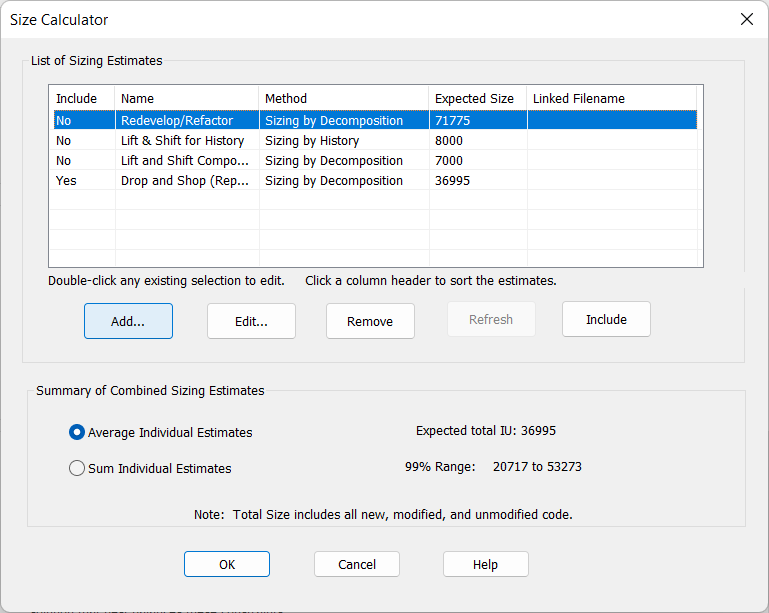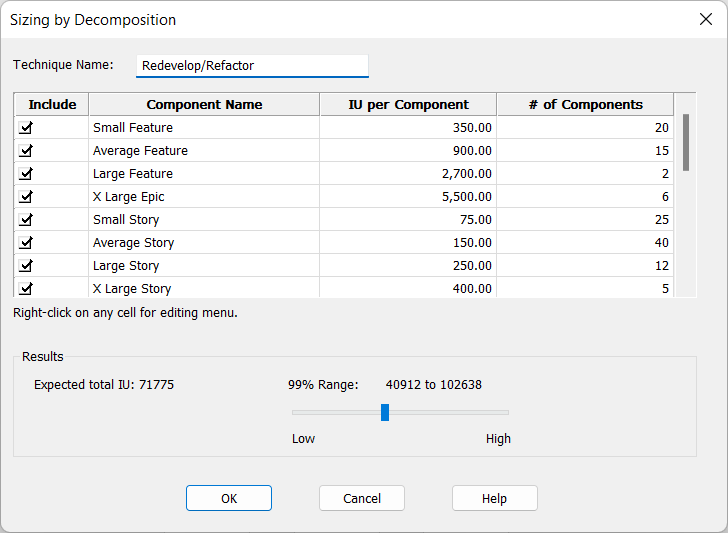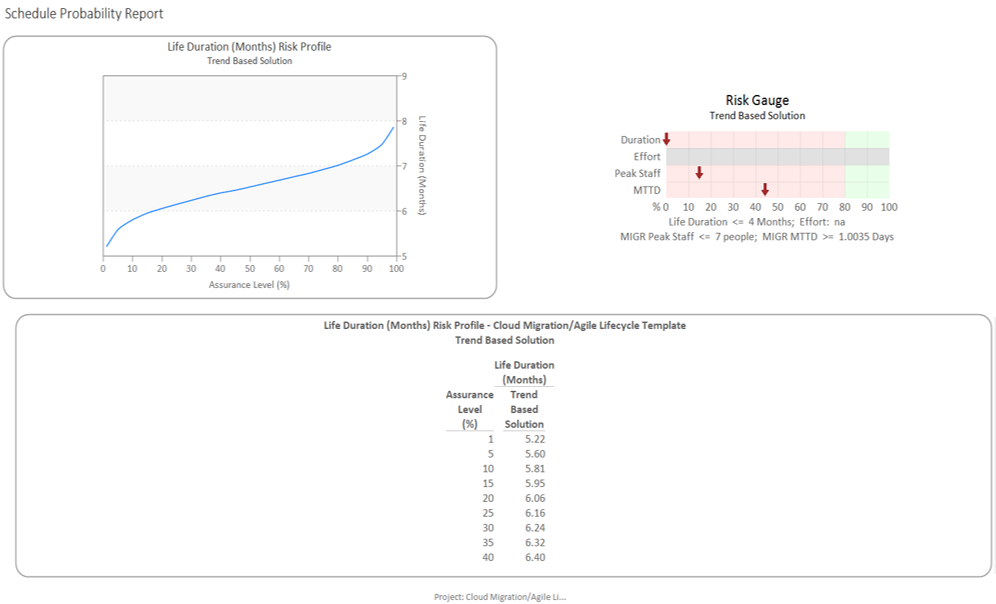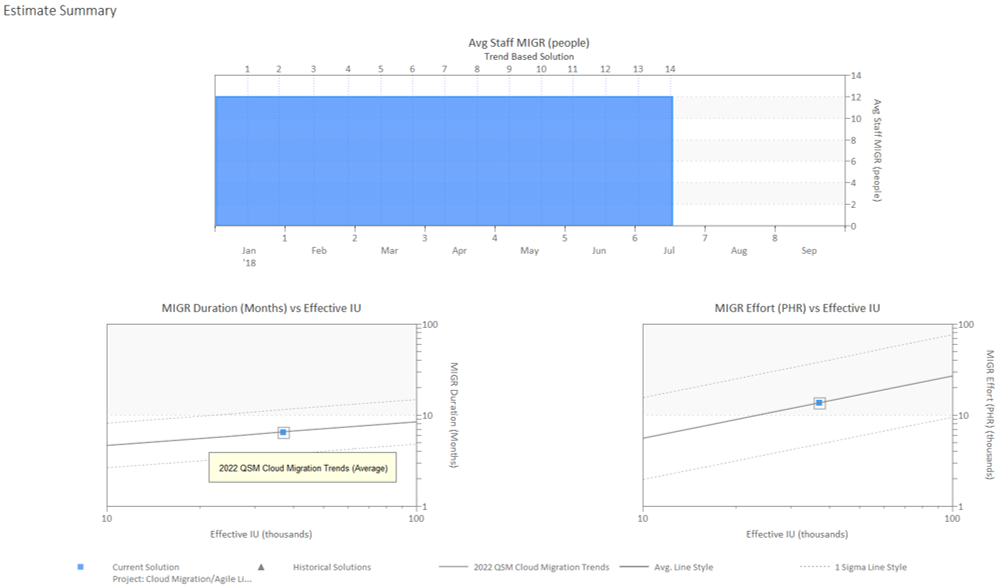Moving to the cloud is big business these days. With any type of digital transformation; managing the migration, integration, and development work can be a stressful experience with a lot of risk. Wouldn't it be great to have a crystal ball that allowed you to make these big cost, staff and schedule decisions early in the planning process? I'll propose the next best thing: a database of completed and validated projects spanning multiple industries and development methodologies that can help you predict the way your project will behave.
The QSM Industry Database can provide this type of knowledge. With over 40 years of research and development, it includes metrics from thousands of completed technology projects from various application domains and industries. By leveraging this type of database, you can access industry benchmarks that can help you navigate the uncertainty that comes with planning IT transformations, software engineering, and cloud migrations.
What should this cloud migration cost? How long should it take? How many people will you need? What level of quality and productivity needs to be achieved to have a successful delivery? What are the chances of finishing within a 6-month time frame versus a 10 month? The secret to finding these answers is in the historical data. The way to bring that data to life is to use good scope-based estimation methods. In a view from QSM's SLIM-Estimate tool below, you can see some examples of how you might measure the size of a particular cloud migration to get started with an estimate.
There are multiple migration options, and each can be sized effectively. “Lift and Shift” can support moving an application to a new environment without having to redesign the whole system. The “Redevelop/Refactor” option can support rebuilding and/or re-architecting the system. “Drop and Shop” can be used when you decide to replace the current system by purchasing a new one.
There are many ways to size these migration processes, too. “T-shirt” sizing can be used to “ballpark” the functionality using industry data and/or your own client history. “Sizing by Decomposition” can be used to break the system out into multiple components or features. Additional sizing options can be customized for a particular type of delivery, as well.


Once you input the size metrics based on stakeholder requirements and historical data, you can then generate early estimates. You can also evaluate the risk trade-offs. What if you add people? What if you add functionality? How will these decisions affect the duration and the quality? The beauty of this tool is you can quickly analyze multiple scenarios without having to go back and re-enter a lot of information. Minimal inputs generate a wealth of analytics.

In addition to evaluating the risk, a good practice is to sanity check your estimates with the industry to make sure your targets are realistic and competitive. In the example below you can see the estimates compared to the latest QSM industry cloud trendlines for duration and effort.

Moving to the cloud, as with any digital transformation work, can be expensive and filled with a lot of uncertainty. Leveraging scope estimation with industry analytics can ensure that you set reliable project and portfolio delivery targets. Having this kind of intelligence up front will help you negotiate more effectively with vendors, clients, and stakeholders.
